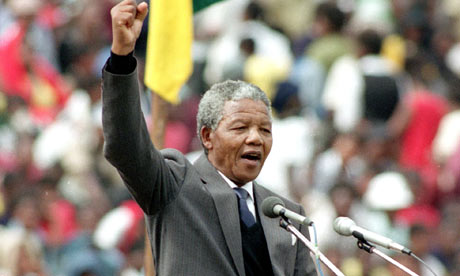-- By Tom Phillips
The following post was originally published in my retirement blog, "The Road to Dotage." Here it is in edited form, with a new (snappy) title, and a new (happy) ending, in a last-ditch attempt to reach a younger (hipper?) audience.
When I was a little boy, my mother told me about a sacred
syllable with mysterious psychic powers.
“Om” or “Aum” was said to be the sound of all
sounds, rolling up from the deepest recesses of the throat, echoing through the
cave of the mouth, then closing with a meditative hum as the lips closed,
sealing in its secret wisdom.
In my twenties and thirties, at the Integral Yoga Institute
on 13th Street, I
chanted “Om” assiduously. The instructors said chanting it could
produce a state of perfect peace, and it seemed to work, at least within the
confines of the yoga institute. However,
the effect faded as soon as you hit the street.
I tried walking on 42nd Street,
the busiest, noisiest, most colorful and seductive street of all, looking
neither right nor left, inwardly chanting “Om.” It could be done, but it felt stupid. This was a way of willfully devaluing the
hubbub around me, and clinging to my calm center, but it didn’t really block anything
out, just placed me at a psychological distance from my surroundings. It was the aural equivalent of
navel-gazing.
As a Zen student in my thirties and forties, I chanted
Buddhist sutras and prayers in a circular, repetitive form. These greatly calmed the mind, and invoked
powers of compassion and insight, and determination to drive on toward
enlightenment. But given the great
complexity and subtlety of Buddhist philosophy, there could be no one syllable
that said it all. (We did meditate for a
time on “MU,” but this was more a device to sweep our mind clear of anxious
thoughts, rather than a clue to the puzzle.)
As a harried worker and anxious father in my forties and
fifties, I copied Homer Simpson’s “D’oh!” This provided temporary relief when frustrated
or exasperated. It was like an
explosion, a blowing off of the whole impossible situation. It amused my co-workers, but had little or no
spiritual value.
During these years I was not consciously looking for a one-syllable
answer to life’s problems. But something
in me was still scanning the vast universe of sounds and letters, like a
beachcomber waving his metal wand over the innumerable sands, searching for a
gold ring. And one day, reader, I found
it.






